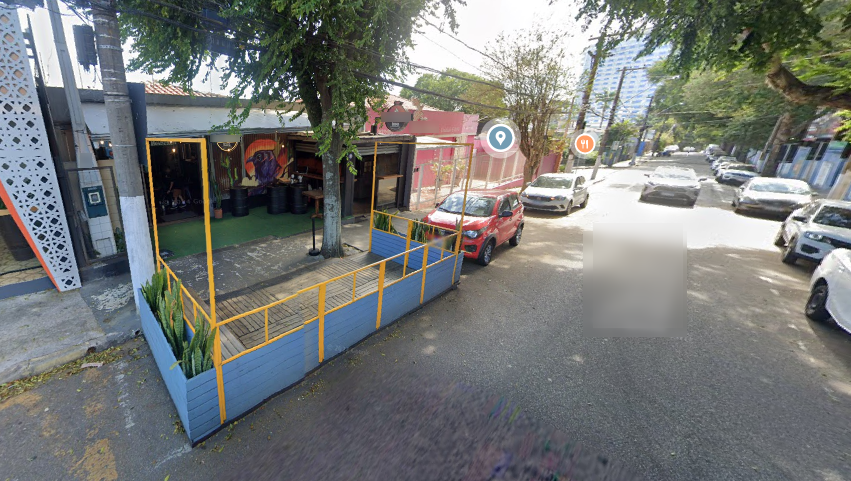Live far enough away from your neighbor for their wifi not to reach.
Yeah, it’s an interesting mitigation for sure, but it’s becoming increasing impossible not to have neighbors, especially due to “verticalization” (i.e. corporations buy some old houses to demolish 'em and emerge a whole new condominium building; even “boonies” (TIL this word) are undergoing verticalization, as I’ll say below).
You need about an acre.
An acre is around 4000 meter squared, or a land whose size is ~63.6 meters on each directional axis. If we consider a circular 1 acre (because radio signals often propagate omnidirectionally), it’s a circle whose diameter is ~70 meters (inverse of pi radius squared). In rural areas where I lived, my phone could detect and even connect to hotspots 500 meters distant from where I was, roughly 7 to 10 times those distances.
We don’t notice this in urban places because there’s a saturation of Wi-Fi channels (especially 2.4GHz still in use), so our phones tend to pick up the closest, and the closest within urban places will be really close, whereas rural areas lack this saturation, allowing for hotspots really far away to be connectable.
Just live in the Boonies.
Brazil, the country I reside in, could be considered “boonies” (a rural country). Practically all Brazilian states, with few exceptions (Rio de Janeiro state, Distrito Federal the federal district, São Paulo state and Goiás), have more than 10% of rural density (as per 2010 IBGE statistics), yet Brazil is getting more and more condominium buildings. Even rural areas are getting significantly denser due to a significant phenomenon of urban exodus from capital cities to small farmsteads in smaller towns that started during the COVID-19 pandemics, something that ends up fomenting urbanization and verticalization of those towns.
Also, “boonies” countries like Brazil are getting increasingly reliant on state-of-the-art tech. So I bet there are routers capable of the same USian Xfinity thing in Brazil. As a sidenote, I already saw EVs in small rural cities I visited.
There are still plenty of real estate where there’s little to no neighborhood, but it’s getting increasingly expensive unfortunately, so people end up going where their pockets can afford, and it’s often places where there are more people.
As far as I’m aware, the same verticalization, real estate inflation and influx of high tech are happening in other rural countries as well.








@rumba@lemmy.zip
The technology works by measuring the interference provoked by obstacles, including (but not limited to) walking human bodies. As we walk within the range of two or more devices communicating with each other, our bodies momentarily alter the signal, reflecting and absorbing and diffracting the original 2.4GHz wave.
Now, say I live in a condo, sandwiched between two different neighbors (Alice and Bob), and both use this Xfinity thing: while Alice wander around her apartment while doing a VoIP call on her phone, Bob’s router is also broadcasting it’s SSID which is then received by Alice’s phone, even though Alice’s phone is connected to Alice’s router. The same goes for Bob’s phone, which will receive the Alice’s router SSID broadcast. And I, wandering around my own apartment, I’ll be between the invisible crossfire. I don’t even need to be carrying a phone, nor do I need to have a router. I just need to have at least two neighbors with routers and mobile devices sandwiching me between their radio signals.
Now, there are more sophisticated “WiFi vision” (used by military and police) which needs just a single Wi-Fi hotspot which will act as their “lamp”. The signal will bounce all around the place, and it’ll also pass through the walls, reaching the soldier’s equipment, which is composed of several small Wi-Fi receptors arranged in a grid (akin to “pixels” from a DSLR digital camera sensor).
Both can be mitigated with Faraday cages. Some kinds of chicken wire, used to make chicken coops, work beautifully and they use to be cheap (as strange as it may sound, a few-dollars thing can beat a thousand-dollars thing).